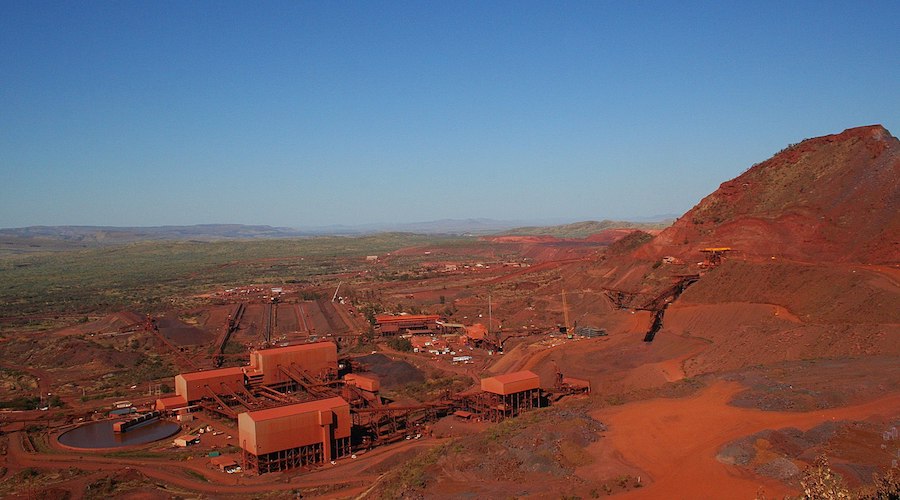
Australia’s Commonwealth Scientific and Industrial Research Organisation CSIRO and US-based GTI, a company that uses technology to address energy and environmental challenges, are joining forces to develop a supercritical CO2 (sCO2) power plant that could assist mining companies to reach large renewable energy targets.
In a media statement, the organizations said that sCO2 power plants use recirculating high-temperature CO2 instead of steam to produce electricity. They can also operate using a wide range of heat sources.
sCO2 power plants use recirculating high-temperature CO2 instead of steam to produce electricity
“The advantage is that sCO2 is a higher density working fluid which means sCO2 power plants can be smaller, more efficient and not reliant on water for steam,” CSIRO’s research director of energy technologies, David Harris, said in the press brief.
“Their widespread implementation could be a game-changer for power generation applications in Australia.”
According to Harris, supercritical CO2 turbines also offer an autonomous, high-efficiency power cycle. Because this cycle doesn’t rely on steam, the turbines can be an ideal solution for power generation in off-grid mining and other remote operations, as it allows them to use renewable energy more efficiently to power their operations for longer periods of time.
Harris said CSIRO’s main role in the project will be to improve the understanding of how sCO2 power plants can enable lower- and zero-emission technology solutions in those areas and limit their reliance on diesel.
The plan is to also learn how concentrated solar thermal technologies could be used to provide renewable energy for these sCO2 power plants.